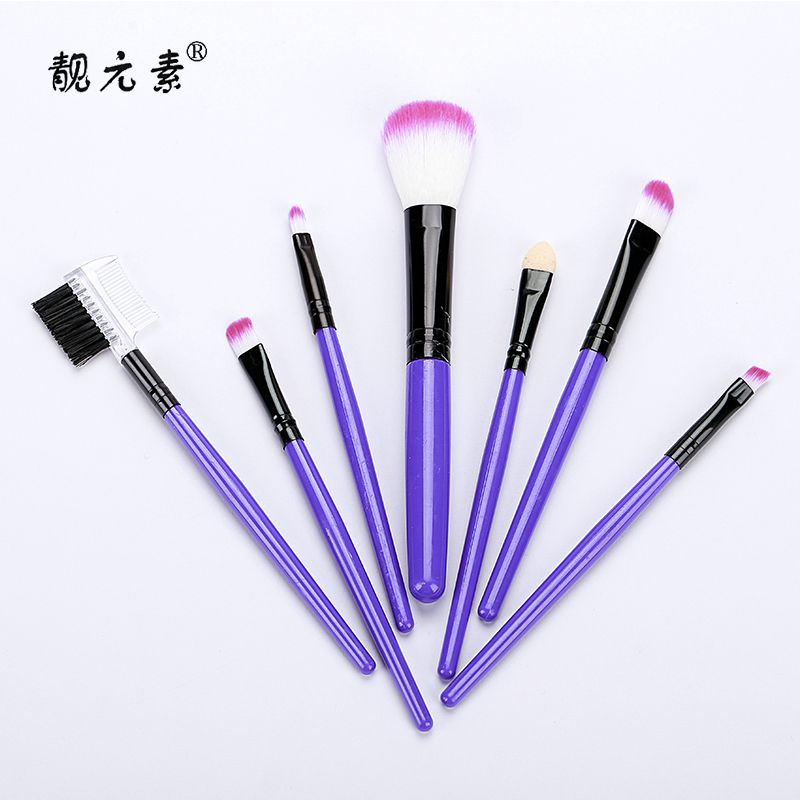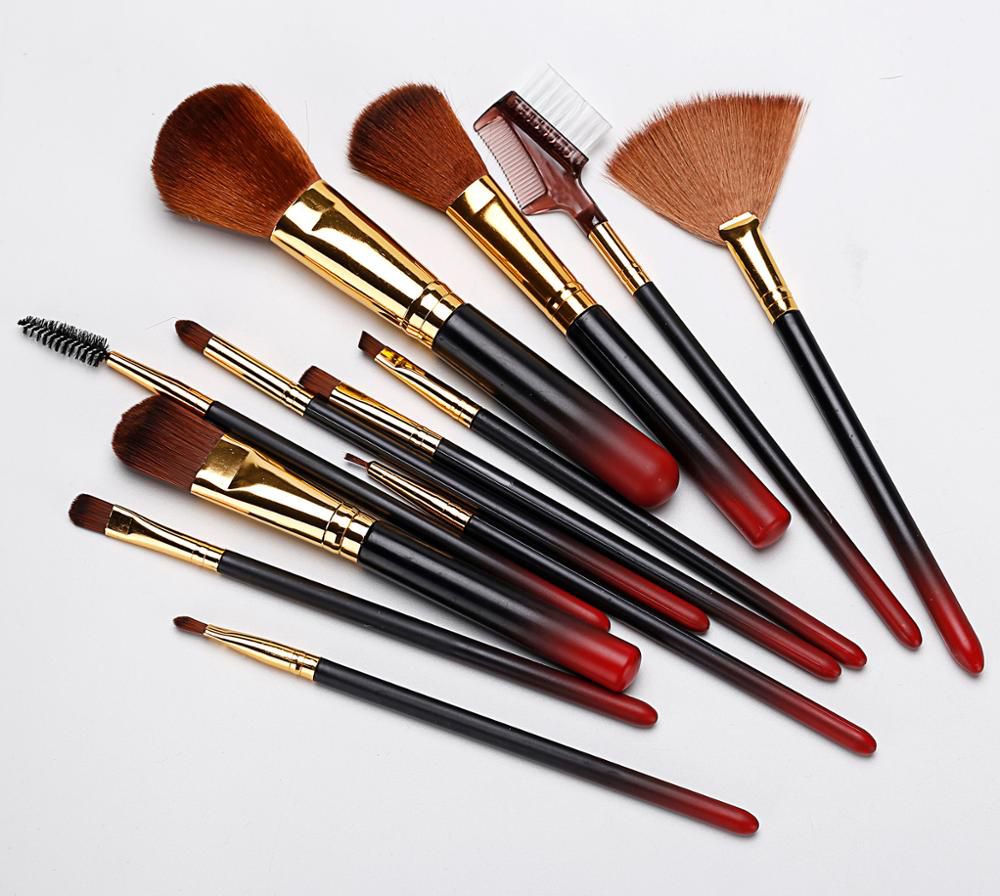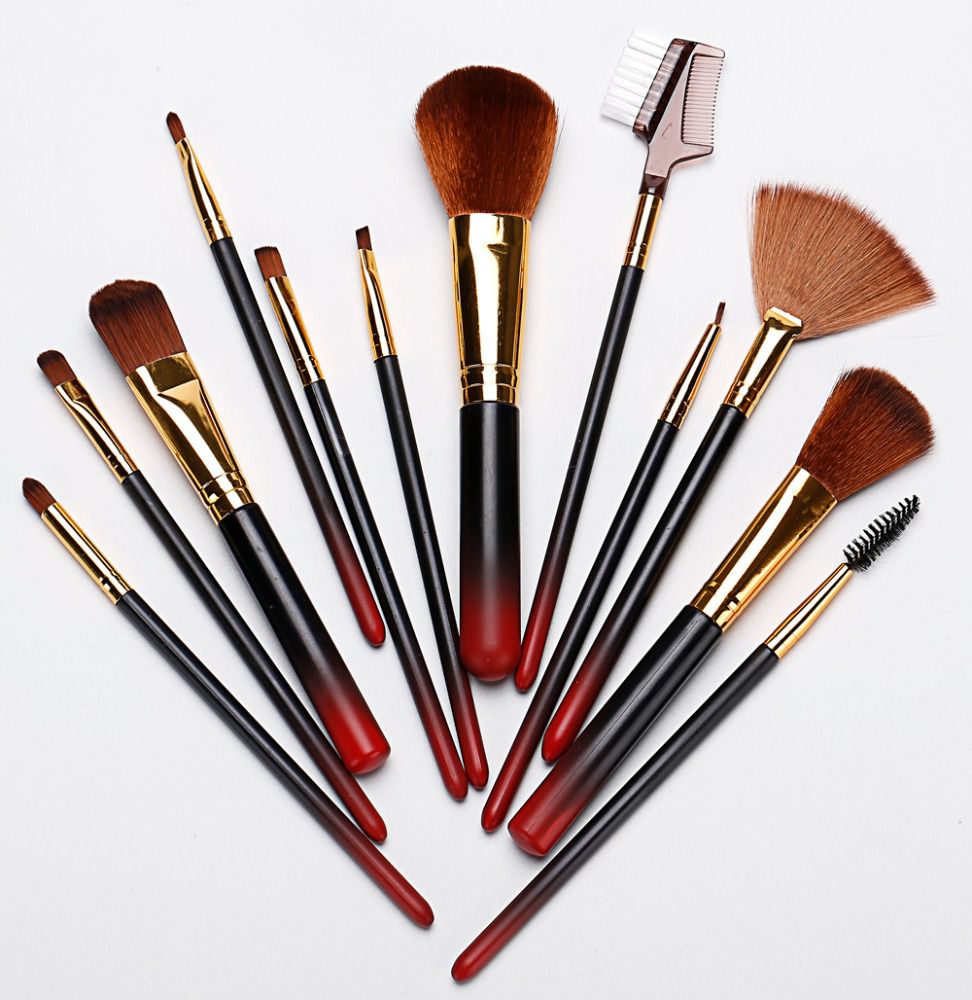Industry news
Inflationary Pressures Force Brush Manufacturers to Optimize Bristle Material Sourcing
- 319 Views
- 2025-07-11 01:32:14
Inflation-Driven Shifts: How Brush Manufacturers Are Redefining Bristle Material Sourcing
Global inflationary pressures have emerged as a defining challenge for brush manufacturers, with rising costs across raw materials, logistics, and labor forcing a critical reevaluation of bristle material sourcing strategies. From cosmetic brushes to industrial tools, the industry’s reliance on diverse bristle materials—ranging from natural fibers like goat hair to synthetic polymers such as nylon—has made it particularly vulnerable to price volatility. As inflation rates persist above historical averages, manufacturers are no longer just focused on cost-cutting; they are reshaping sourcing models to balance affordability, quality, and supply chain resilience.

At the heart of the crisis is the soaring cost of traditional bristle inputs. Natural fibers, long prized for their softness and performance in high-end cosmetic brushes, have seen prices surge due to supply chain disruptions in畜牧业 (livestock farming) and increased demand for sustainable materials. For example, premium goat hair prices have risen by 25% year-over-year, driven by limited herding capacity in key regions like Mongolia and China. Synthetic materials, too, are under pressure: petroleum-based polymers such as nylon 6 and PBT (polybutylene terephthalate), staples in mass-market brushes, have climbed 18% since 2022, tied to fluctuating oil prices and energy costs in manufacturing hubs like Southeast Asia.
Transportation and tariffs have compounded these challenges. Shipping costs for bristle materials from major producers—including India, Vietnam, and Brazil—have spiked by 30% in some routes, while trade policy shifts, such as increased import duties in the EU and U.S., have further eroded profit margins. Small to mid-sized manufacturers, in particular, are grappling with these headwinds, as they lack the economies of scale to absorb sudden cost spikes.
To adapt, manufacturers are embracing three strategic pillars: material innovation, supply chain diversification, and collaborative partnerships.

Material innovation is leading the charge. Many brands are turning to advanced synthetic alternatives that mimic the properties of natural fibers at a lower cost. For instance, modified PBT bristles, engineered with nano-coatings to enhance softness and durability, are replacing up to 40% of natural hair in mid-range cosmetic brushes, reducing material costs by 12–15% without sacrificing performance. Similarly, recycled polyester blends are gaining traction in eco-conscious markets, offering a sustainable, price-stable option for budget-friendly lines.
Supply chain diversification is another key tactic. Manufacturers are reducing dependence on single-source regions by expanding supplier networks to include emerging markets. A leading U.S.-based brush producer, for example, recently partnered with a synthetic bristle manufacturer in Mexico, cutting lead times by 20% and avoiding trans-Pacific shipping delays. In Asia, companies are exploring suppliers in Bangladesh and Cambodia, where labor and production costs remain competitive compared to China.
Collaborative partnerships with suppliers are also proving vital. Long-term contracts with fixed-price agreements are becoming standard, allowing manufacturers to lock in costs for 12–24 months. Some are even co-investing in supplier facilities to secure priority access to materials. A European industrial brush maker, for instance, funded a new PBT production line at a Turkish supplier in exchange for preferential pricing and guaranteed output, stabilizing its input costs amid market fluctuations.

Looking ahead, inflationary pressures are unlikely to abate soon, but the industry’s proactive response is fostering resilience. By prioritizing innovative materials, flexible supply chains, and strategic partnerships, brush manufacturers are not only navigating current challenges but also positioning themselves to thrive in an era of economic uncertainty. The shift toward optimized bristle sourcing is more than a cost-saving measure—it’s a transformation that will redefine quality standards and sustainability in the brush industry for years to come.











